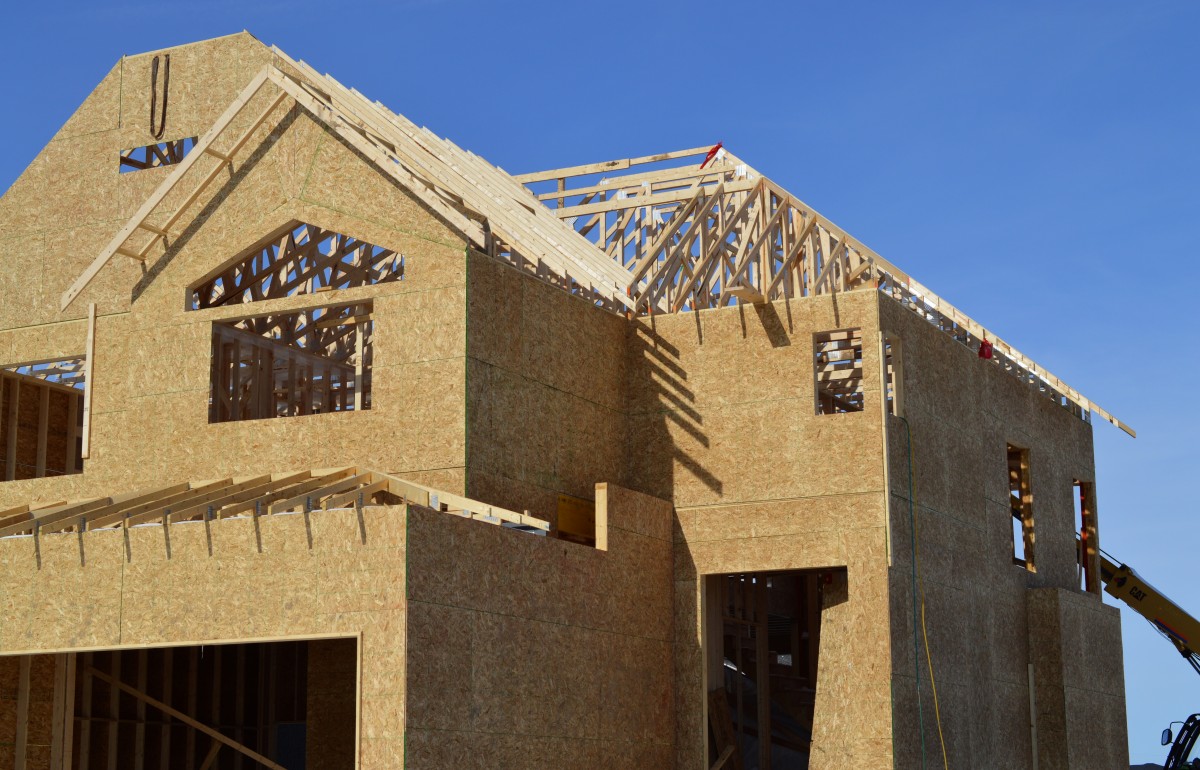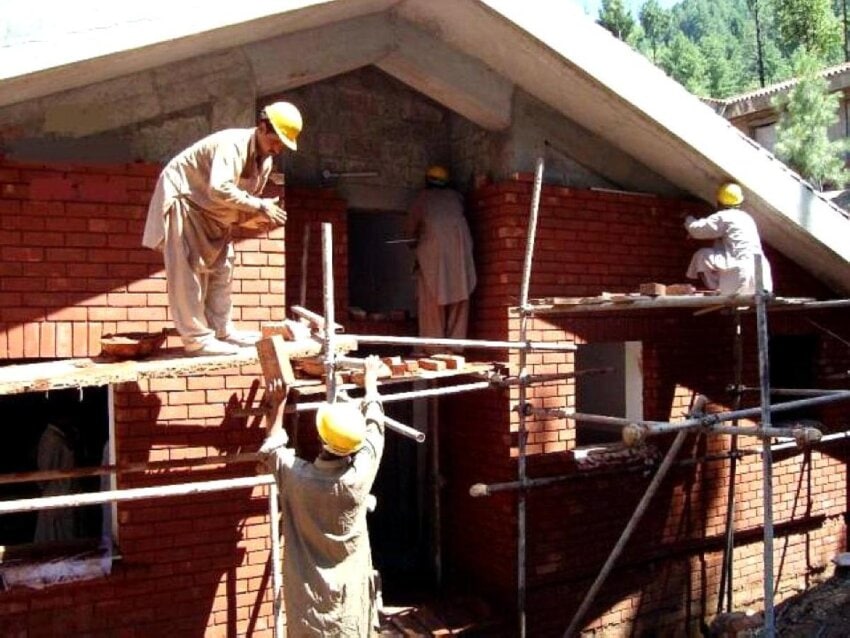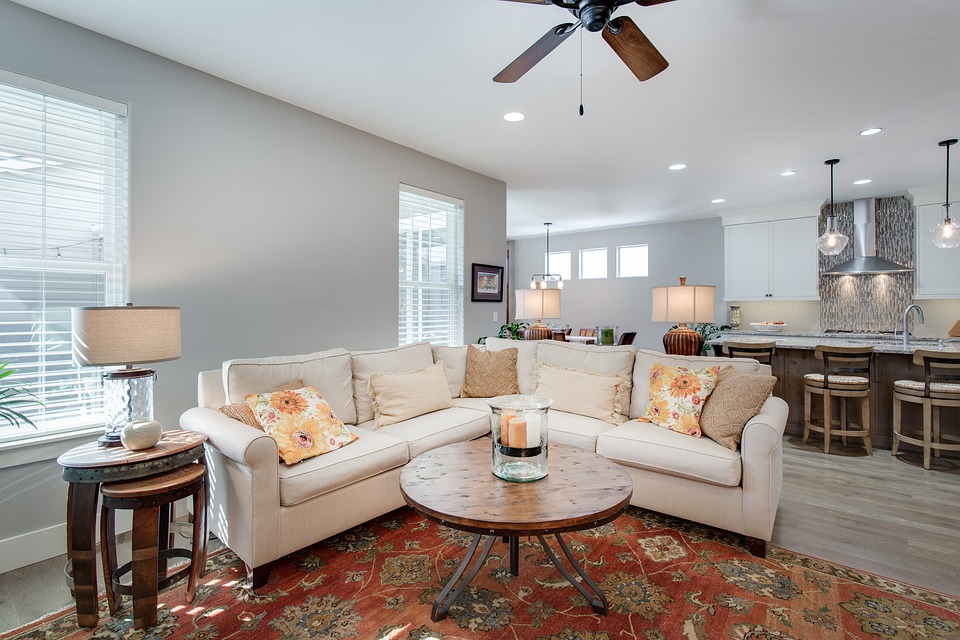Materials for Building a House
Summary
– Building a house with wood: a trendy material
– Building a stone house
– Building material: cellular concrete
– Building a brick house
– Building a concrete house
– Buying your building materials
– Comparison of building materials for houses
Building your own house is a project that must be prepared with great care. Before starting the actual construction, you must take several essential steps:
– the choice of the land;
– the choice of the type of construction;
– the choice of the style of house;
– the choice of building materials for the house;
– and finally, the design of the plans.
On this basis, you will be able to find the right partners (architect, builder) and launch the steps (subscription of guarantees, building permit) to carry out your project.
The choice of materials to build a house is important, as they contribute significantly to both the cost and the quality of the construction.
Building a wooden house: a trendy material

Wood is a material that is experiencing a revival in construction. Its natural insulating capacity (350 times greater than steel and 10 times greater than concrete) is one of its significant assets since it avoids thermal bridges and thus allows energy savings.
The elements are prefabricated in the factory or the workshop and can be assembled quickly (3 to 6 weeks) and cleanly.
This restorative material ensures good living comfort without humidity. Moreover, it presents an excellent resistance to fire and seduces with its authentic charm.
Building a house in stone
Stone is a material less frequently used today than in the past. More expensive than concrete or brick, it is less easy to install but is more durable.
Very aesthetic, stone has the advantage of being a natural material whose extraction requires little energy. Therefore, it is part of the HQE (high environmental quality) approach, based on energy savings and waste recycling.
The stone is available today in many thicknesses, from 5 cm. It can be used to build walls or simply as a covering.
Building material: cellular concrete
Cellular concrete, also called thermostone, is frequently used in construction. It is assembled, thanks to a mortar glue.
Formed from a mixture of sand, lime, air, and water, aerated concrete has the strength of stone and is resistant to fire and humidity (hygrometric regulator). It is also a good insulator, which can be used alone.
This mineral material is strong and light and can be used throughout the building site, from the foundations to the roof.
Building a house with brick
Clay brick is a traditional building material, like stone.
A new ecological material, the Monomer brick, is increasingly used on building sites. This honeycomb brick has strong insulating power. It allows the construction of a load-bearing wall without additional insulation.
Non-combustible, Monomur brick acts as a thermal regulator throughout the year: it retains heat in winter and stays cool in summer, saving energy.
Concrete house construction
Concrete is an efficient building material. Made of natural materials (gravel, sand, clay, and water), it has an outstanding grey energy balance, as many production sites worldwide significantly reduce transportation. It is, therefore, interesting material from an environmental point of view.
Concrete is fire-resistant, robust, and has a good price/performance ratio.
Buy your building materials
It is possible to buy the materials needed to build the house yourself and then let a professional build it.
– The advantage is that you have better control over the quality of the materials you buy. This aspect can become decisive if you demand the environment’s respect.
– Disadvantage: the task can be long and tedious if you try to make purchases in several DIY stores. In addition, if you are inexperienced, you may buy unsuitable materials, which will cause problems for the building professionals who will have to use them later.
Letting the architect or company buy from its suppliers is more common and interesting. The professional usually obtain preferential rates. Moreover, the construction contract fixes the global cost of the work. All in all, this option represents a clear and comfortable approach for the buyer.
Comparison of house building materials
To choose the best material for your house, we offer you a comparative table of the house construction elements taking into account different aspects:
– the thermal capacity;
Good to know: the calculation is done thanks to the thermal conductivity coefficient, which describes the material’s ability to conduct or not the heat.
– the robustness ;
– the respect for the environment;
Good to know: the calculation will be done by analyzing the grey energy, i.e., the energy it is necessary to spend to manufacture, distribute, extract the raw materials, and eliminate or recycle the product at the end of life.
– the price.



